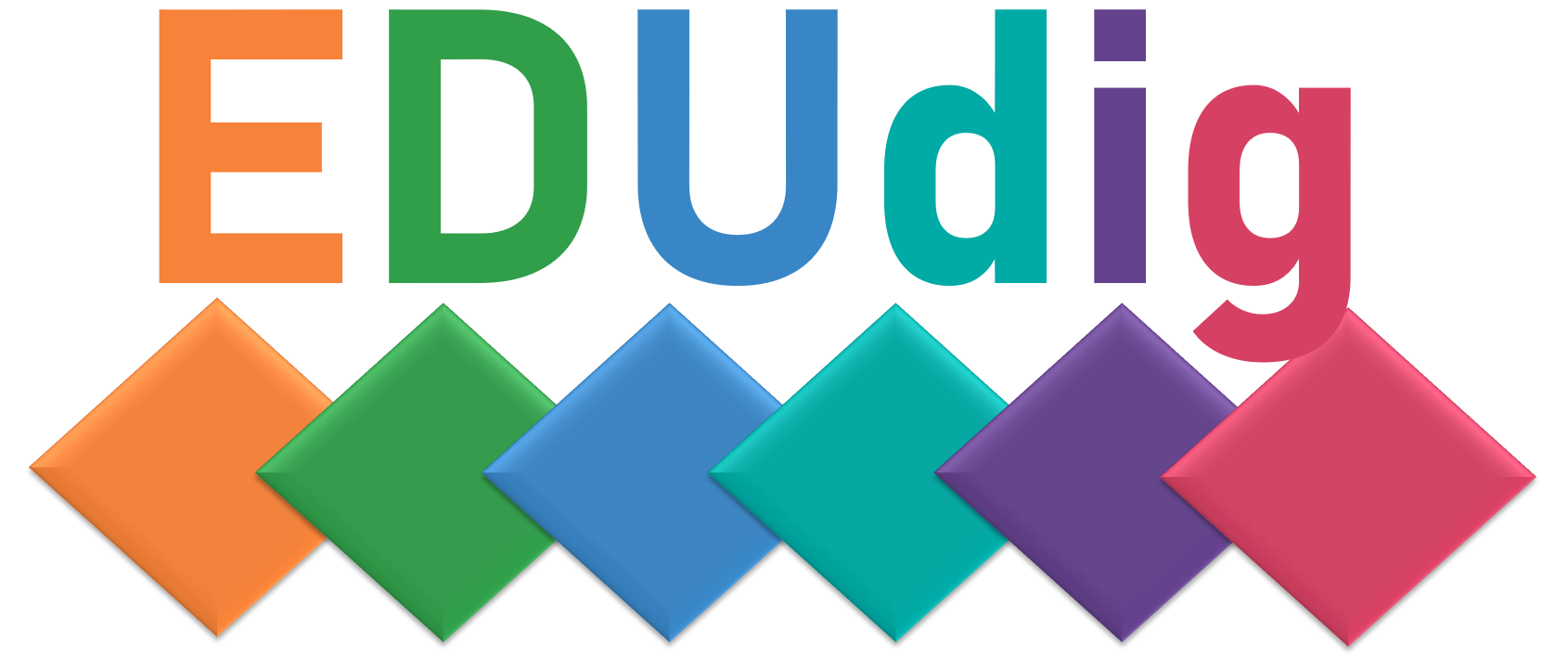There are three different ways that students can interact while studying. Planning effective interactions means considering the technology and media in all three interaction ways.
Hybrid learning gives you a lot of flexibility in how to interact. These different types of interaction fall into the following three categories.
Student–educator interactions
Student-educator interactions means developing academic learning, where students are challenged to question ideas, and to acquire deep understanding and can include different communication channels, like emails, announcements, and discussions. The interaction with an educator is a major driver of successful learning but feels more difficult online. In the remote and technology-based communication setting is important to offer more verbal support, feedback and understandings by fostering connections, encourage dialogue, applying humour where possible.
Student-student interactions
Student-student interactions include discussions, collaborative group work, peer review activities.
Learner–content interactions
Learner–content interactions include activities, like reading content, watching a video, or working through a problem set. Using different technology different interaction can be created, for instance the students cannot progress to the next stage of learning without interacting through a test that ascertains whether they have learned sufficiently or by adding a comment box or by requiring users to enter information or make choices.
Find more in the Collaborative learning – EDUdig
